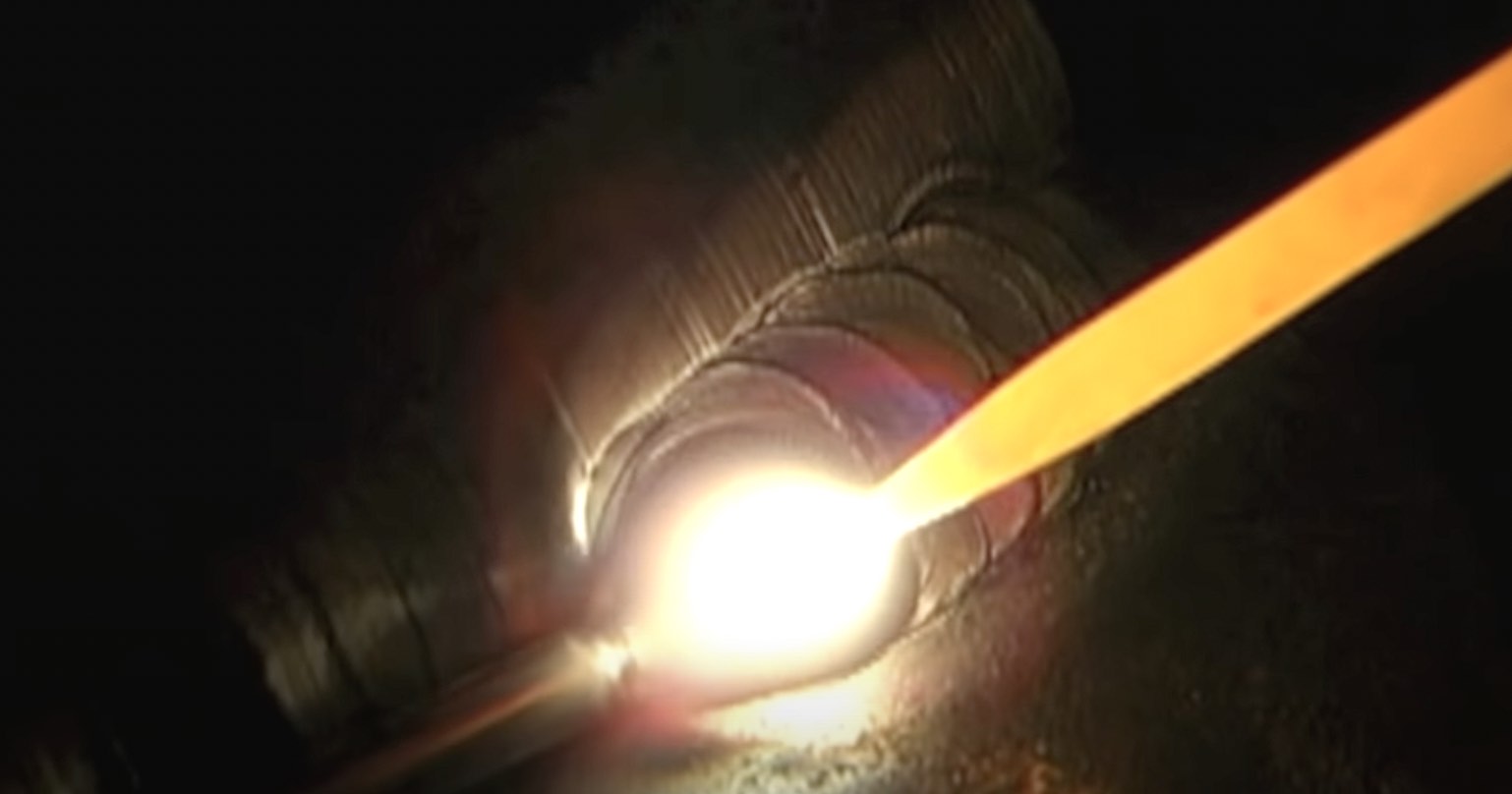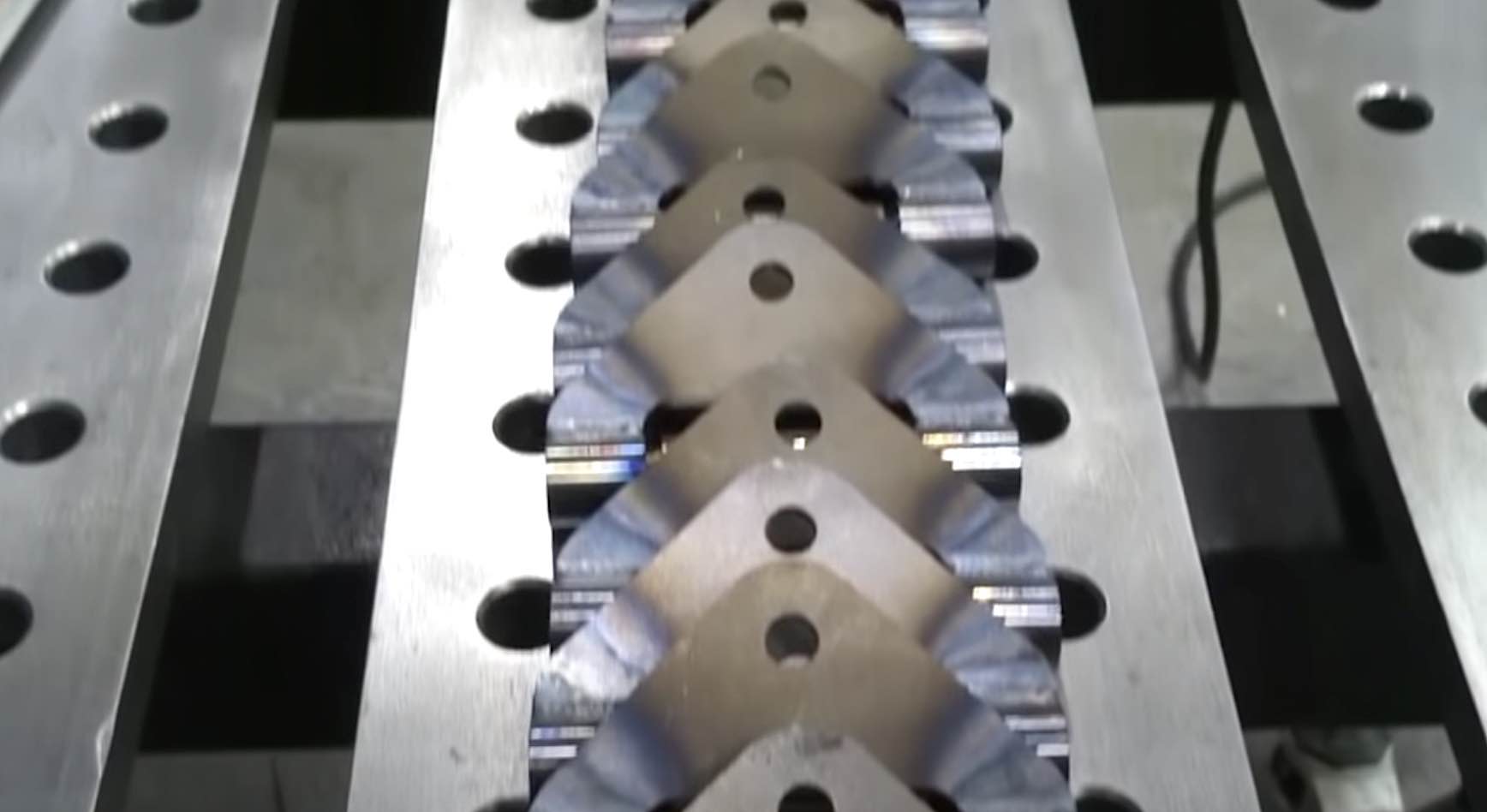Tig Welding High Strength Steel Parts
This weekly video is about tig welding high strength steel parts and also about using a big tig cup to limit weld discoloration.
I
had a comment on youtube last week about how I went way overboard with
fabricating the chin up bars. He said I should have just laid some pipe
and fittings on the floor, squared them up , and arc welded them up. He
also said I should "get real"
I guess the guy didnt understand that all that overkill was intentional.

...Introducing the New WeldMonger Challenger TIG kit that includes the most frequently used Cups.
I am always looking for extra stuff to talk about during a video to try to make it more interesting or at least more educational.
This weeks video is no exception. I
thought it would be interesting to pretend these parts were stainless
and to go thru the steps needed to limit discoloration.
Even though these parts are high strength steel and not stainless steel, the same principles apply for limiting discoloration.
Today,
I used a one inch diameter tig cup along with a piece of copper to weld
one of these parts just to show how it helps on weld discoloration.
I
see a lot of questions on forums about how to tig weld stainless steel
headers and exhaust collectors, turbo tubing, etc without it turning
grey.
Using a bigger cup helps a lot on welding stainless steels
and steels of all types. But its not always needed and since a bigger
the cup uses more argon , its not something you want to do all the
time....even though its tempting because it makes your welds come out
looking better.
The parts I am welding in the video are just plain gravy work. This is why I like doing work for machine shops.
Parts are typically shiny and clean like this, and are often machined with a groove so they fit together like a glove.
Settings for this job are as follows:
90 amps dcen
1/16" (1.6mm) 2 % lanthanated tungsten electrode
1/16" (1.6mm) er70s-3 filler rod
1" id cup using 25 -30 cfh argon
or #7 cup using 15 cfh argon
Another
use for a big tig cup like this is for welding stainless headers and
exhaust systems, there are welds in collectors where the angle is so
tight that even the smallest tig cup will not allow access.
In
situations like this, being able to extend the electrode out really far
like 1 1/2" usually allows a welder to reach the weld while maintaining
good argon coverage.
Yes it uses more argon, but when you need a big cup, you need a big cup.
Here are some basic tips for preventing discoloration on steels and stainless steels and titanium:
use a big cup, limit heat input, increase cooling rate, and establish a puddle quickly and get moving to prevent heat buildup.
And
one more thing, I am finally getting around to having some of these
cups made for sale on my website. I think I am going to call it the
"big white tig cup" TM
if you would like to be notified by email when they are ready for sale, just fill in the info below.
















